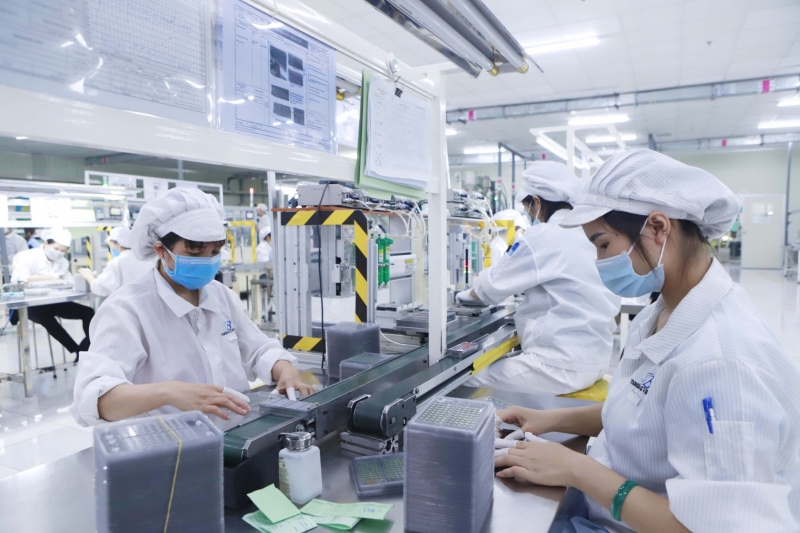In fact, Chinese manufacturers are themselves expanding their presence into Southeast Asia. A third of the region’s manufacturing FDI last year came from China, which was more than three times the amount from the United States, the Republic of Korea (RoK), or Japan, according to fDi Markets.
In Vietnam alone, leading Chinese manufacturing firms have ramped up their investments in 2023, with almost 20% of newly registered FDI from the Asian powerhouse.
Japan and the Republic of Korea are both traditionally major investors in the Vietnamese market, but China has been expanding its FDI footprint quickly in the country. Indeed, the northern neighbour accounted for almost half of Vietnam’s new FDI inflows in 2023.
Furthermore, HSBC experts recorded an 80% increase in terms of the number of Chinese corporates entering new Southeast Asian markets in 2023 compared to 2022. Among Chinese clients, there is also a strong interest in expanding into Singapore, followed by Vietnam, Thailand, Malaysia, and Indonesia.
For the Vietnamese side, the northern neighbour is already one of its main trading partners, with bilateral trade exceeding US4106 billion, driven by electronics, textiles, and machinery. Within 10 years since 2014, the trade relationship between both sides has risen to be one of top 20 corridors globally. Regional agreements like the Regional Comprehensive Economic Partnership (RCEP) mean that joint economic ties between will likely continue to strengthen, with a growing emphasis placed on the digital economy.
According to the e-Conomy SEA 2023 report, Vietnam was the fastest-growing digital economy in ASEAN after recording impressive growth of 20%. Measured by gross merchandise value, the country has the potential to become the second-largest digital market in the region by 2030, just after Indonesia.



